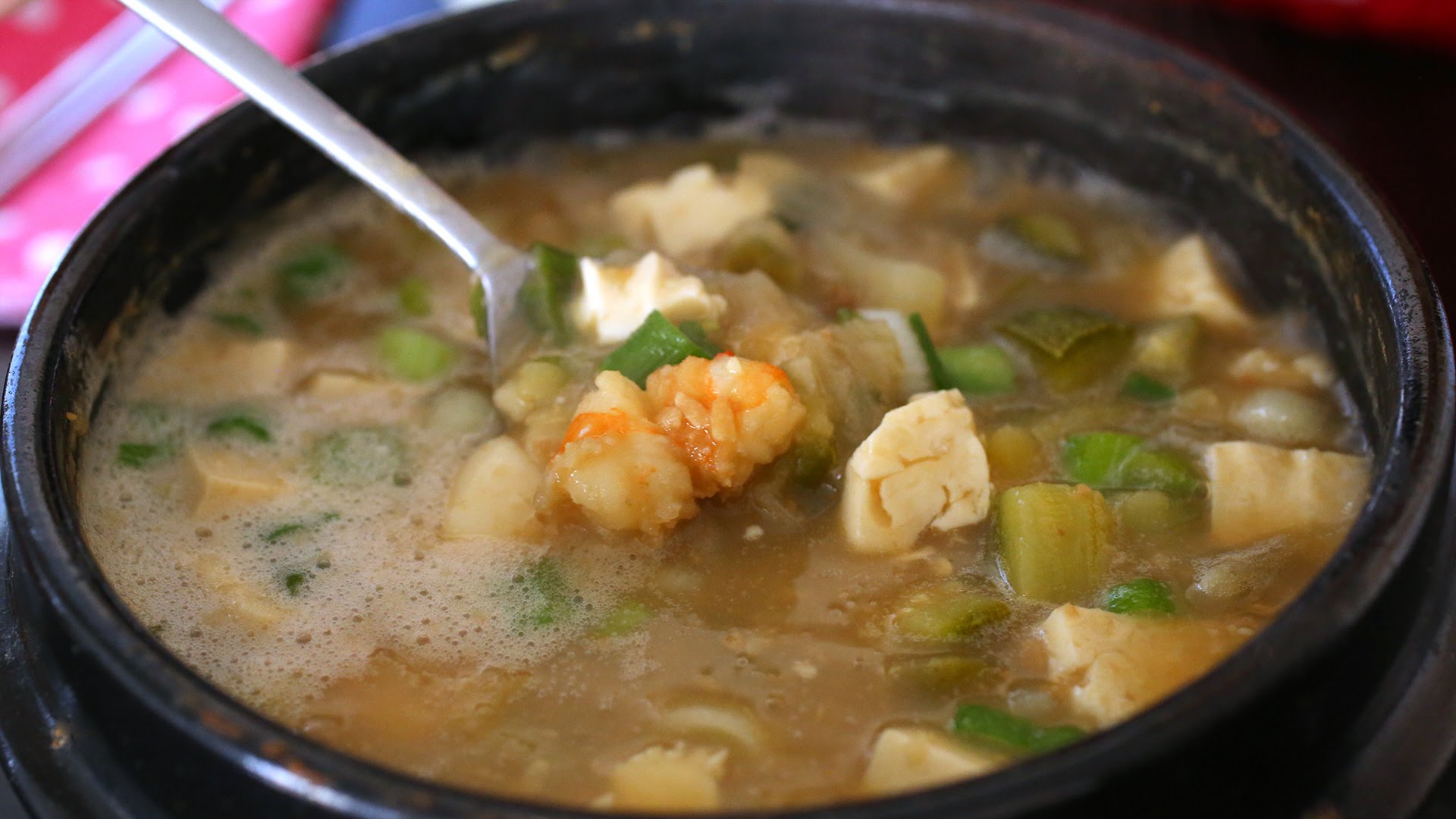
So my Doenjang Jjigae recipe has evolved over the years.
#Soybean paste stew korean how to
Anyway, more on how to make and how to buy doenjang in my next “Know your Doenjang” post. The older the doenjang, the darker the color will be. Now doenjang comes in a whole spectrum of different colors, going from the lighter brown color to the very dark, almost black color. Some Koreans make a simple Doenjang Jjigae without any meat but just vegetables and tofu, some make it with a fatty beef cut like chadolbaegi (second cut of brisket) and some make it with lots of seafood like clams and shrimp. And it brings all sorts of pleasant memories to us, a smell that tells you that you are almost home …with each Doenjang Jjigae smell having a different signature as unique as the people cooking them. Doenjang Jjigae is such a comfort food for Koreans that I think most Koreans love the smell. It would be so lovely if everyone could love the smell of Doenjang Jjigae much like the smell of pizza or apple pie, but sadly it has a very unique odor that is pretty strong. That’s the first time I realized how offensive one person’s food smell could be to others who are not familiar with it. I am quite sensitive to smells (people made fun of me when I was little that I had a dog nose) and one of the memories that stand out to me was the all the different food smells I had to endure while I was in the dorm.


But because kitchen was across the hallway, many times the students made food in their own room with some type of cooking element. Cooking in dorms…that reminds me of my grad school dorm days – 6 students (somehow all Asians) with their own rooms shared a common bathroom and the kitchen. It was not on my list of recipes when I first started my Kimchimari Korean food blog because I thought the dish was just too smelly to cook in my daughter’s dorm. Doenjang Jjigae.I have not yet blogged about this fantastic Korean stew and this is why.


 0 kommentar(er)
0 kommentar(er)
